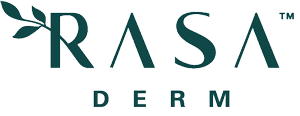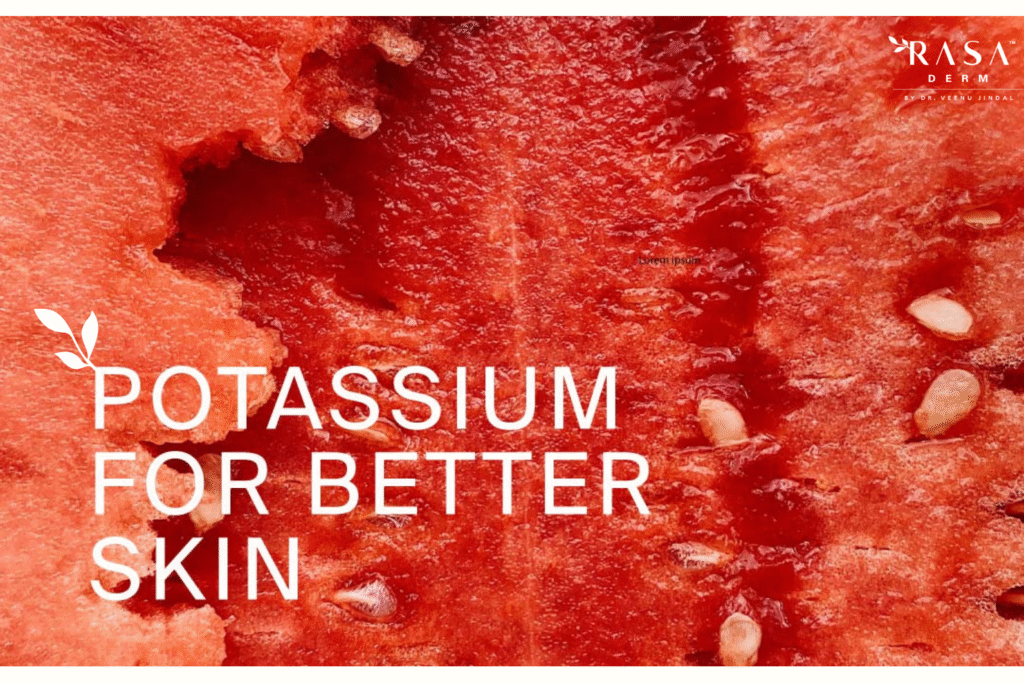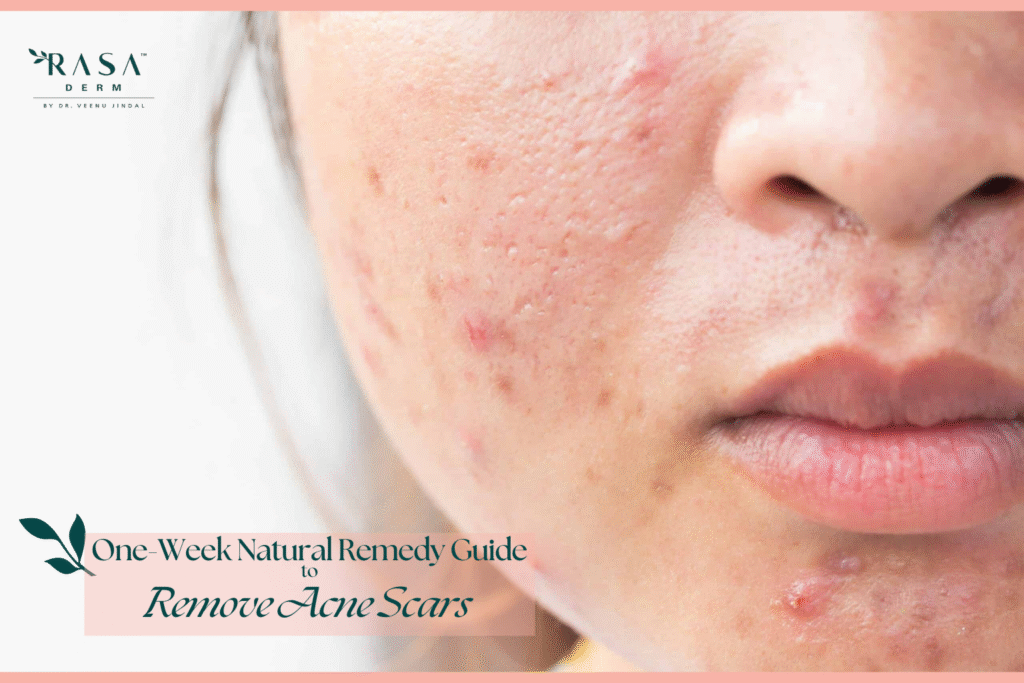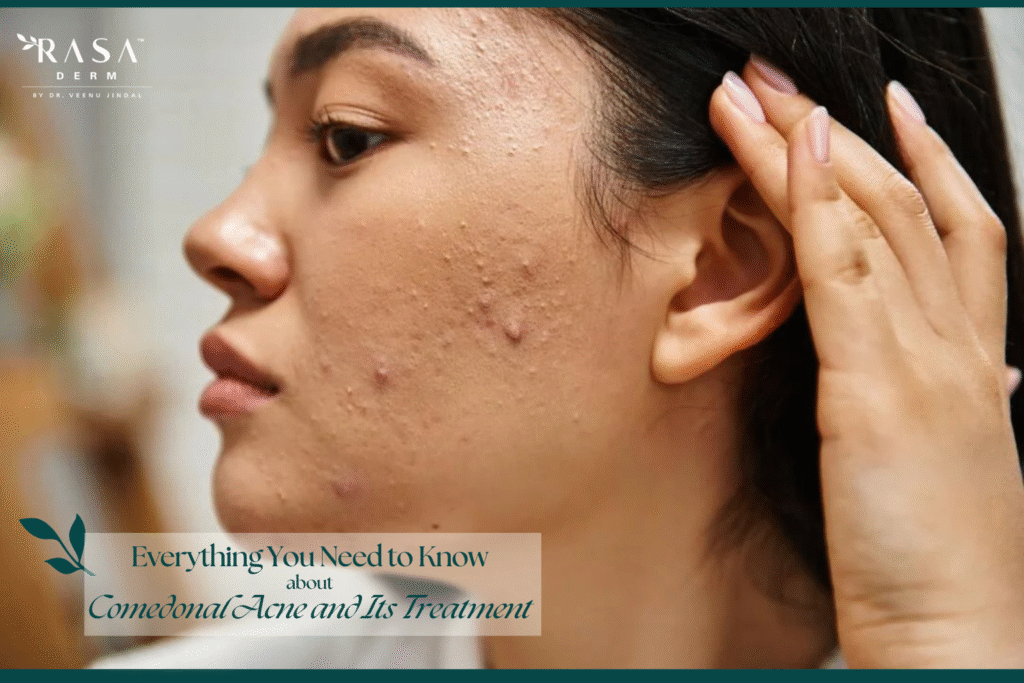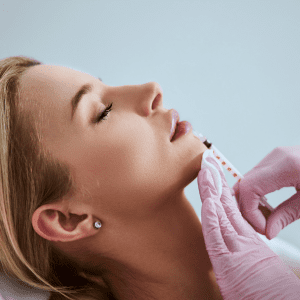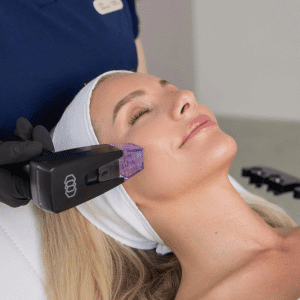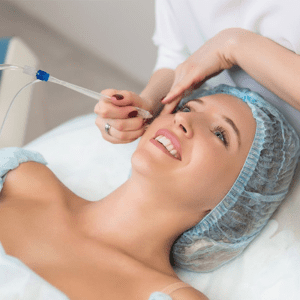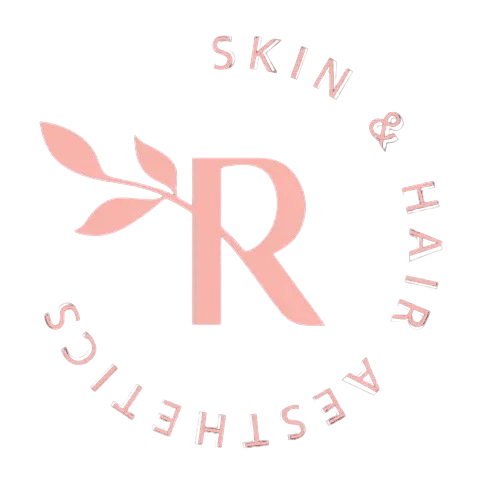The impact of hair loss on an individual’s self-esteem and quality of life can be a major concern for many. It may be brought on by ageing, genetics, hormonal fluctuations, stress, or medical conditions, among other factors. Hair loss is equally prevalent in women and can be emotionally distressing, whereas hair loss in men frequently attracts attention. If you are in search of efficacious treatments for hair loss, PRP therapy could be an innovative option that merits investigation.
What is PRP therapy?
PRP therapy, or platelet-rich plasma, is a regenerative treatment that utilizes blood from the patient. Platelet-rich plasma (PRP) is an exceptionally concentrated solution containing growth factors that facilitate tissue regeneration and healing. PRP, which was initially utilized in orthopaedics and sports medicine, is now being implemented in hair restoration as a natural method for stimulating hair regrowth. A small volume of the patient’s blood is extracted, processed to concentrate the platelets, and subsequently injected into the cranium to stimulate hair growth.
What is the process of PRP?
PRP therapy for hair loss is a simple procedure comprised of the following essential steps:
Blood sample: analogous to a standard blood test, the procedure commences with a straightforward blood sample. A minute volume of blood is extracted from the limb of the patient.
After separating the blood’s components by spinning it, the blood sample is subsequently deposited in a centrifuge. The platelets are concentrated during this procedure, producing platelet-rich plasma.
After the PRP has been prepared, it is administered via injection into particular regions of the cranium that are experiencing hair thinning or loss. Hair follicles are stimulated by the growth factors in PRP, which promotes hair regrowth and enhances hair health.
PRP therapy possesses the capacity to revitalize dormant hair follicles, stimulate the growth of denser, fuller hair, and increase hair density. As growth factors can stimulate hair follicle activity, it is especially beneficial for individuals who are managing receding hair or early-stage hair loss.
Advantages of PRP Treatment for Hair Loss
PRP therapy provides several significant advantages for those in search of a treatment for hair loss:
- PRP therapy is minimally invasive and does not necessitate a period of extended recovery, in contrast to hair transplant surgery. Normal activities may be resumed by the patient promptly following the procedure.
- Safe and Natural: The potential for adverse reactions or complications is minimal because PRP is extracted from the patient’s blood. PRP therapy is therefore a secure alternative for individuals in search of a natural method to restore hair.
- Encourages Natural Hair Growth: PRP therapy targets augmenting the body’s intrinsic healing mechanisms, thereby encouraging hair thickness and regrowth, all while obviating the necessity for synthetic substances or implants.
- Incorporation with Other Therapies: PRP therapy has the potential to augment outcomes and offer a holistic approach to hair restoration when utilized in conjunction with other treatments for hair loss, including laser therapy or medication.
Who Might Benefit from PRP Therapy?
While PRP therapy provides some patients with encouraging outcomes, it is not appropriate for all. Candidates who are considered ideal for PRP therapy generally satisfy the subsequent criteria:
PRP therapy is most effective for individuals who are in the early stages of hair loss or who have receding hair. It has the ability to prevent further hair loss and revitalize hair follicles.
Candidates must possess a cranium that is in good health and devoid of any infections or other conditions that could impede the treatment’s efficacy.
Willingness to Commit to Multiple Sessions: For optimal results, PRP therapy frequently requires multiple sessions. The candidate must demonstrate a willingness to adhere to the prescribed treatment regimen.
It is critical to acknowledge that patients undergoing PRP therapy may not be a good fit if they have specific medical conditions or are currently taking particular medications. Rasa Derm Clinic’s Dr. Veenu Jindal can assist you in determining whether PRP therapy is an appropriate course of action through a consultation.
Anticipated PRP Therapy Session Outcomes
A PRP therapy session at Rasa Derm Clinic generally consists of an uncomplicated procedure accompanied by minimal discomfort. The following is what to anticipate:
The duration of each PRP therapy session varies from 30 to 60 minutes, contingent upon the treatment’s extent.
Overall, the degree of discomfort experienced is minimal. With the aid of local anaesthesia or numbing cream, most patients may encounter only mild distress throughout the blood draw and injection process.
Post-treatment care may involve the management of modest redness or swelling at the injection sites, which patients may encounter. Typically, this resolves itself within a few hours. Following treatment, patients are permitted to resume their regular activities the very same day.
Sequence of Results: The effects of PRP therapy do not manifest immediately. New hair growth can take several weeks to become noticeable; however, after multiple sessions, the most noticeable results will emerge. Several weeks separate the three to six sessions that comprise a typical treatment plan.
Conclusion
Hair loss is a significant concern for many individuals, with factors such as ageing, genetics, hormonal fluctuations, stress, and medical conditions contributing to the issue. PRP therapy, or platelet-rich plasma (PRP), is a regenerative treatment that uses blood from the patient to stimulate hair growth. PRP is a concentrated solution containing growth factors that facilitate tissue regeneration and healing. It was initially used in orthopaedics and sports medicine but is now being applied in hair restoration as a natural method for stimulating hair regrowth.
The procedure involves extracting a small volume of blood from the patient’s limb, centrifuging it, and concentrating the platelets to produce PRP. The PRP is then administered via injection into specific regions of the cranium experiencing hair thinning or loss. The growth factors in PRP stimulate hair follicles, promoting hair regrowth and enhancing hair health. PRP therapy can revitalize dormant hair follicles, stimulate denser, fuller hair, and increase hair density.
In conclusion, PRP therapy offers a natural and risk-free method for regrowing hair by utilizing endogenous growth factors to facilitate hair regrowth and enhance hair density. To schedule an appointment with Dr. Veenu Jindal at Rasa Derm Clinic, you can receive the highest quality advice and treatment due to his specialized knowledge in hair restoration and individualized approach to patient care.

